
Review the case and test your knowledge to make the correct diagnosis.

The old adage about bad customer service experiences being shared with 10 other people may apply to objectionable hiring practices in radiology as well.

The multimodality system nCommand Lite reportedly facilitates real-time remote imaging guidance on scanning parameters and procedure assessments to licensed technologists for a variety of imaging modalities including CT and MRI.

Catch up on the top AI-related news and research in radiology over the past month.
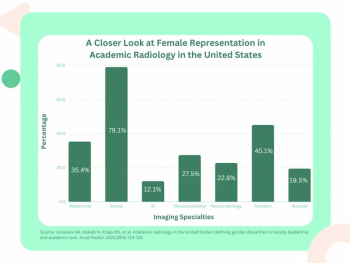
Women comprise nearly 80 percent of breast imaging departments and 45 percent of pediatric radiology departments at academic institutions, but burnout, the COVID-19 pandemic and discrimination have impeded further progress in radiology, according to a recently published literature review.

Catch up on the top radiology content of the past week.
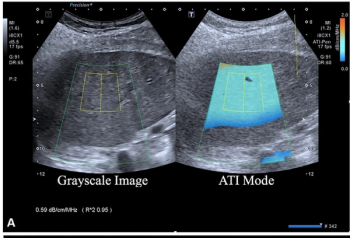
A multiparametric ultrasound model emphasizing attenuation coefficient assessment demonstrated a 77 percent AUC for detecting metabolic dysfunction-associated steatohepatitis (MASH), according to validation testing from a new multicenter study.
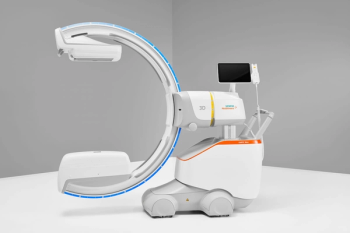
Offering ease of mobility and self-driving capabilities, the Ciartic Move C-arm device reportedly reduces the stress and potential for error associated with manual repositioning during intraoperative imaging with computed tomography and fluoroscopy.

For men with prostate cancer, the use of MRI-guided transurethral ultrasound ablation (TULSA) led to a 92 percent decrease in median prostate volume at one year, according to new research recently presented at Society of Interventional Radiology (SIR) conference.
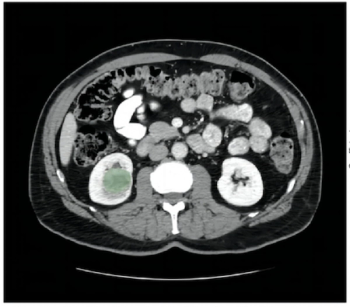
Emerging research suggests that a computed tomography (CT)-based radiomics model can predict FOXM1 expression and is independently prognostic for clear cell renal cell carcinoma.
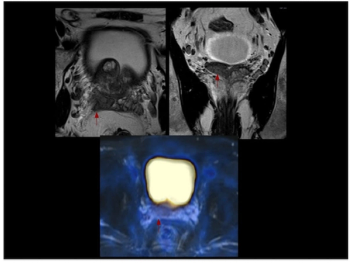
Ga-PSMA PET MRI offers nearly 22 percent higher sensitivity for localized prostate cancer and comparable specificity to multiparametric MRI, according to a recently published prospective study.
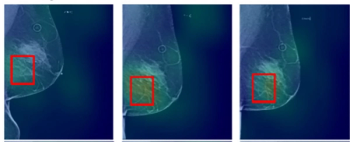
A proposed alternative to a previously validated deep learning neural network for assessing short-term breast cancer risk, the emerging AsymMirai deep learning mammography-based model showed comparable breast cancer risk prediction with an emphasis on bilateral dissimilarity, according to new research.
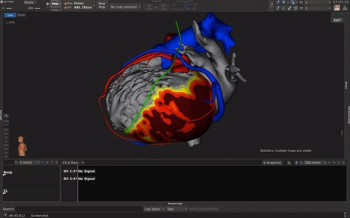
Three-dimensional interactive heart models created with AI-enabled segmentation of CT scans may reduce ventricular tachycardia ablation procedure times by 60 percent.

Review the case and test your knowledge to make the correct diagnosis.

While one may occasionally engage in tongue-in-cheek humor about righting wrongs in radiology, maintaining professional perspective remains the order of the day.
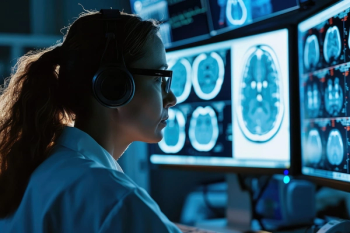
Incorporating an artificial intelligence (AI) platform into the radiology workflow at a stroke management-accredited hospital may lead to projected savings of 78 days in triage time and 41 days in reporting time for radiologists over a five-year period, according to new research.

Catch up on the top radiology content of the past week.
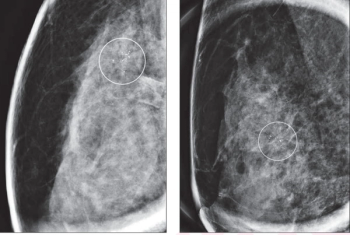
For women who have had radial scars detected on digital breast tomosynthesis (DBT) exams, researchers noted a 5 percent upstaging rate to cancer, according to a recent study.
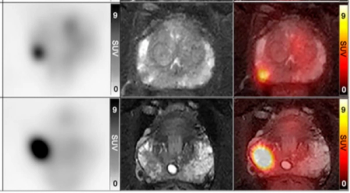
For men with PI-RADS 3 lesions, PRIMARY scores of 4-5 with PET/MRI had a sensitivity rate of 87.5 percent for clinically significant prostate cancer, according to newly published research.
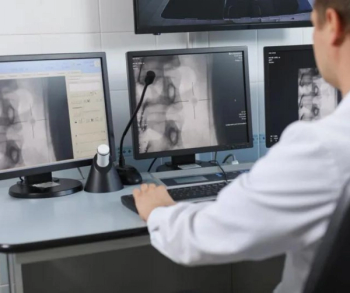
Emphasizing the gravity of the ongoing workforce shortage in radiology, these authors recommend a change agenda focusing on expanded numbers of residency positions, reassessment of educational pathways, maintaining a strong presence in hospital settings and practice level initiatives to reduce administrative burden and achieve appropriate reimbursement beyond RVU measurements.
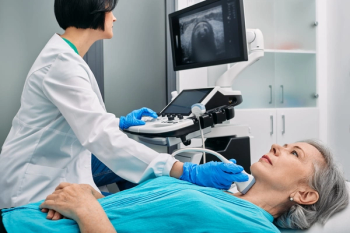
In a comparison of image-to-text large language models (LLMs), ChatGPT 4.0 offered a 95 percent sensitivity rate and an 83 percent AUC that were comparable to that of two senior radiologists and one junior radiologist interacting with LLM to differentiate between malignant and benign thyroid nodules on ultrasound.
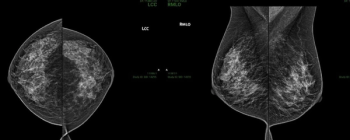
The newly launched Progressive Loading feature, available through RamSoft’s OmegaAI software, reportedly offers radiologist rapid uploading of images that is faster than on-site networks and other cloud-based systems regardless of the network radiologists are using.

In a recent interview, Atul Gupta, M.D. discussed the evolution and potential impact of Fiber Optic RealShape (FORS) technology, which uses light instead of radiation to facilitate real-time 3D imaging that may lead to significant efficiencies with complex aortic procedures.
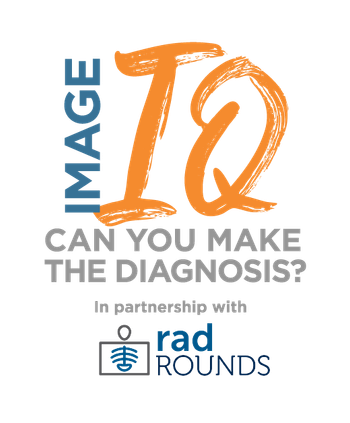
Review the case and test your knowledge to make the correct diagnosis.
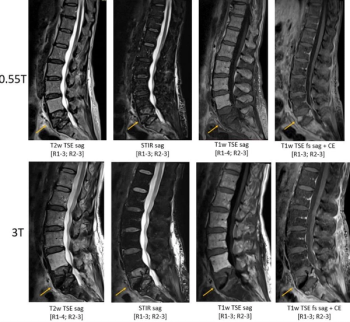
In a study of patients who had lumbar spine MRI exams at 0.55T, 1.5T and 3T, researchers found that 0.55T MRI provided acceptable diagnostic quality across all sequences for varying pathologies including degenerative joint disease, compression fractures and osseous metastatic disease.

Autosave functionality for dictation software and availability of prior imaging are elusive yet very practical essentials that could eliminate a fair amount of redundancy with radiology reports.

Catch up on the top radiology content of the past week.
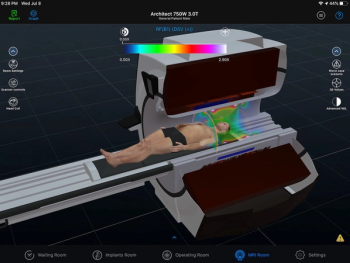
Emphasizing optimal balancing of patient safety and image quality, these authors discuss the impact of the specific absorption rate and B1+rms parameters upon radiofrequency exposure with MRI exams.
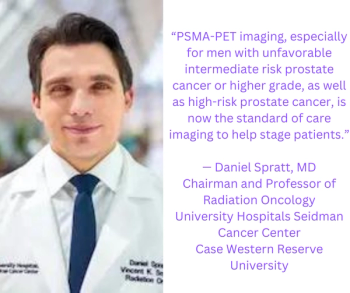
Amid new research insights and advances in the management of patients with prostate cancer, Daniel Spratt, M.D., shared his observations in an interview on the emerging role and impact of PSMA-PET imaging.
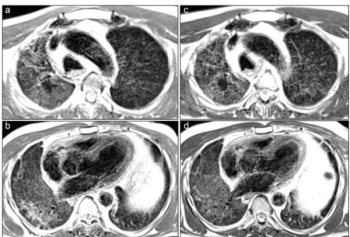
Emerging research with low-field MRI shows that persistently moderate to severe opacities were a common finding in patients up to two years after having acute COVID-19 pneumonia.